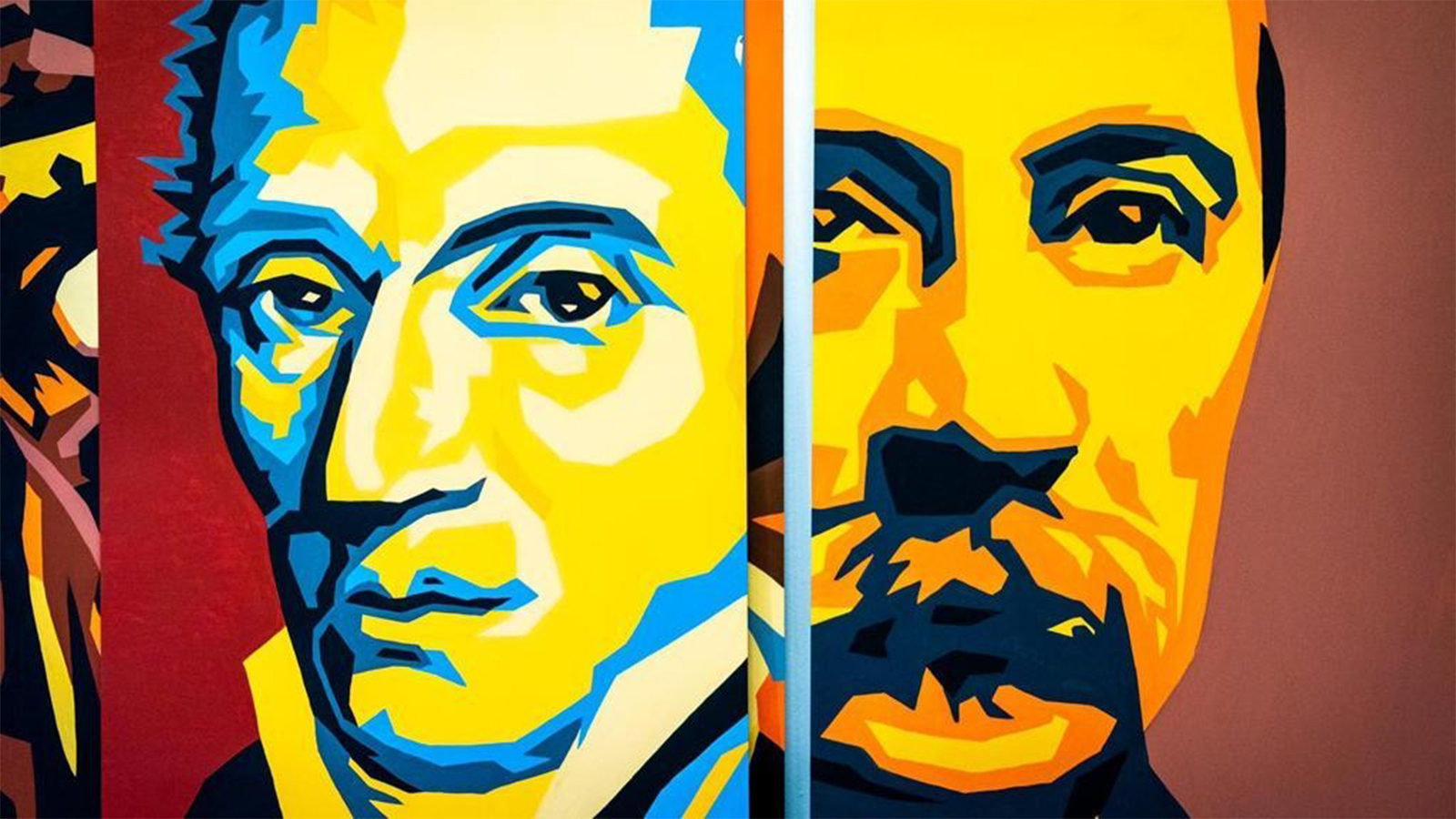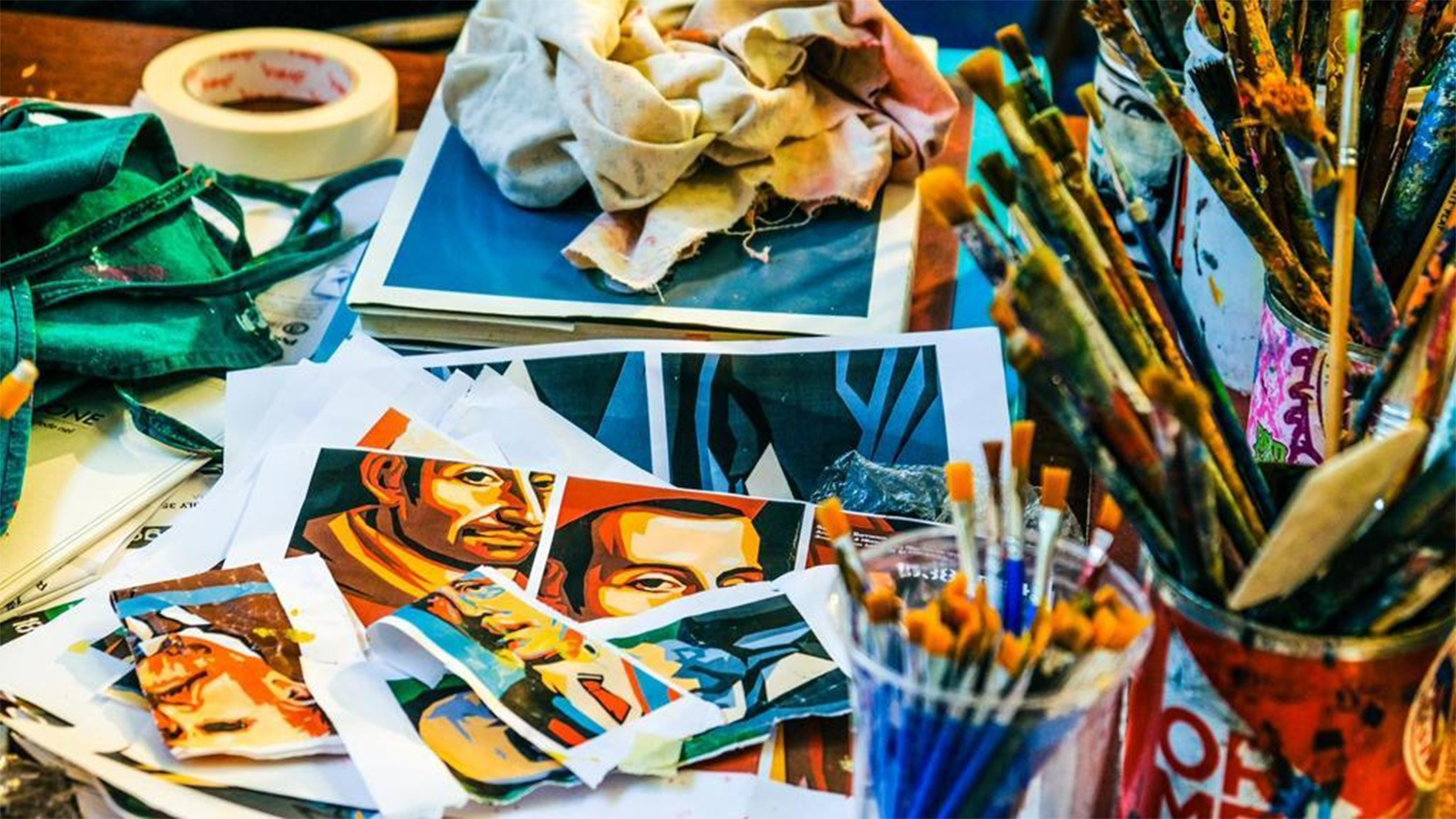The Milanese street artist duo created 75 portraits painted with special colours enriched with quartz flour, progressively fading from red to green.
The 23,000-square-metre building site of the Nuovo Policlinico is a large open-air exhibition open to all. At the centre of the exhibition project are portraits of 75 people who have made the Maggiore Hospital great. Portraits made by Orticanoodles aka Walli and Alita, an internationally renowned duo of Milanese street artists, on the walls that dot the perimeter of the building site, for a total of 80 linear metres.

Among the portraits are some of the most representative figures of the last 600 years, such as Pietro Carcano (1559-1624), a benefactor and considered one of the founders of the Ca' Granda, and the physician Carlo Vergani (1938-2020), one of the leading figures in Geriatrics at an international level. There are also Luigi Sacco, who helped eradicate smallpox in Italy thanks to vaccination, and Baldo Rossi, a World War I surgeon who treated the writer Ernest Hemingway: their meeting at the hospital is recounted in the novel Addio alle Armi (Farewell to Arms). There is Emma Vecla, an internationally famous soprano and benefactor of the hospital, to whom the Intensive Care Unit was dedicated, and Luigi Mangiagalli, founder of modern obstetrics and creator of the Clinica Mangiagalli del Policlinico, Italy's first birthplace. And then there is Luigi Marangoni, medical director of the General Hospital, assassinated by the Red Brigades on 17 February 1981, exactly 40 years ago.

The project, supported by SIS, the company coordinating the construction of the New Hospital, and its technical partner Sikkens, was carried out over two months by Orticanoodles and saw 6 artists working on 75 different panels. The technique used is called "spolvero", which originated in the Renaissance period and was used by the greatest masters of fresco painting, including Leonardo Da Vinci. It consists of creating the lines that make up the work on the surface of the intervention, using perforated matrices that allow signs and colours to be traced. This creates colour fields that are then filled in, thus giving shape to the finished work.
Tag: Street Art Milan
© Fuorisalone.it — All rights reserved. — Published on 16 February 2021












